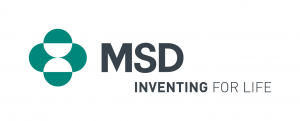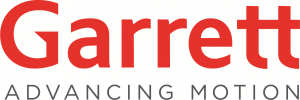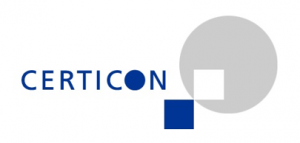Interview with Václav Muchna, Chairman of Y S
2012-07-17
Vaclav Muchna wants to build the first Czech global company. He boards a plane 200 times every year to achieve this ambition, and this week was the first week this year that he actually set foot in this country. His company, YSoft, makes a product that streamlines, secures and manages your printing processes. His major partner is Xerox. His products are coveted by Boeing and Exxon Mobil. In Central Europe, Erste Bank has made it their operational standard. He has hundreds of millions in revenues now, and a new product that will enable him to serve small businesses and, he hopes, bump his turnover into the billions. YSoft has become a patron of the AmCham because he says it shares the same values, and he wants to help spread those values across the business community. Muchna has joined our Council on Czech Competitiveness, whose aim is to ensure the future competitiveness and prosperity of this country. Muchna will be advising the Council on research & development and the creation of regional businesses.
“My parents never told me what to do. If they had, I would probably- no, not probably- I would definitely not have done it. When I asked them what they thought I should do, they told me that I should do something I like, and that I had to make that decision. So I thought about it for a while. Then I asked my father what he would suggest. He knew I was interested in programming, so he suggested I consider it.”
“I started being interested in programming when I was ten. I always liked that you could control what the computer did. It did not always do what you wanted it to do, but it did always do what you told it to do. The interesting challenge was to figure out how to tell it to do what you wanted it to do.”
“When I was studying at Masarykova, my parents gave me a small stipend, but it was not enough to live the student’s life. So I tried to find some work. I started at the warehouse in Makro moving boxes all night. I must have lifted two tons of boxes over the first weekend, and then had to ride my bicycle back across Brno at 6 am. When I got home, I looked at my hands and told them, ‘You are never going to be able to feed me‘ and decided to find something else. Since I liked programming, I decided to try to make something out of it. I applied for work at some of the companies around Brno, but I always made the mistake of saying that I could not imagine ever really having a boss. It ended up that I started doing freelance work for these companies and soon I had more work than I could handle, and I started sharing it with others. That was the start of YSoft.”
“I had a neighbor who persuaded my parents that it would be better if I established a limited liability. My parents were against me becoming an entrepreneur. They are not leftist, but- you know the history of this country- they had seen all these “entrepreneurs” in the 1990s who stole and who treated their employees very badly, and they did not want me to become one of those people or have to deal with them. My neighbor worked at the financial office, and promised to tell my parents if I ever stopped paying my taxes. My parents accepted reality, but they stopped paying my stipend.”
“We went through six different projects. They all had one thing in common: we were paid partially in cash and partially in stocks. The first five did not work out. On the fifth project, our Slovakian partner stole the service right before it became operational and we were left with nothing. No, it was worse. We were left with debt and unpaid programmers. Our sixth project saved us.”
“Our customer on the sixth project wanted secure printing. He wanted to be able to send a file to be saved on the hard drive of the printer, and, then, by using a chip card, printed out when the authorized individual was in the room. Once we started the project, we saw all the possibilities. This is how it always works. The basic idea comes from the customers and eventually you find something that delivers more than that idea.
We delivered the product, and then started to design our own system from scratch. We realized that the product put you in control of the whole printing process. You could not only monitor, but you could determine who printed what and how it was printed. This created enormous value for the customer. We also wanted a product that was not dependent on the hard drive of any type of printer or any specific printer location, but that could print from any type of printer and could be accessible from multiple printers. Essentially, we developed a system that sent the file to the server, and allowed you to print the document from any printer in the system with the swipe of a card. That is our product, SafeQ.
We went back to the customer and told them, ‘Hey, we have changed the concept of what you wanted, and maybe you can help us sell the new product.’ I knew we are a technology company, and we were not good at sales- and we still are not good at sales.
“We are successful because our product saves the customer money and increases his security. There was a time when every person had their own printer on their desk. The printers were cheap to buy but expensive to operate. Companies solved this by installing central printers. This saved them an enormous amount of money; for big companies, this cut their printing costs by millions of dollars.
The consolidation also brought a threat. If you have to tell the computer to print in one room and to retrieve the printed document from a shared printer in another, things can happen. Someone can be printing the labor law. Or someone can have intentionally or unintentionally taken your document along with theirs. So companies with security demands, or companies that wanted to keep control of their printing costs, wanted a way to ensure that the person who printed the document was the same person who retrieved it from the printer. That is the essence what our product does.
“SafeQ is something you can buy in a box, but you have to implement it. Right now, we have developed over 3000 different configurations. It takes about six months to train someone to implement the software and more than two years before we send them to implement the software for the large deals.







